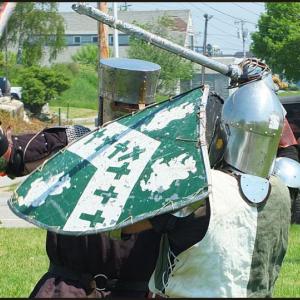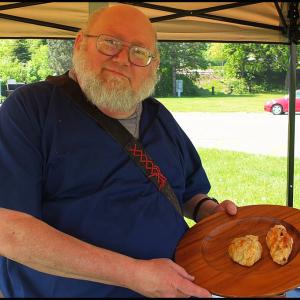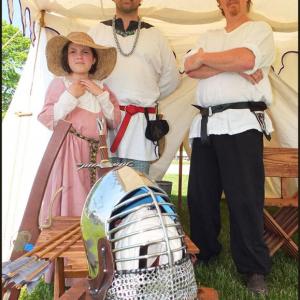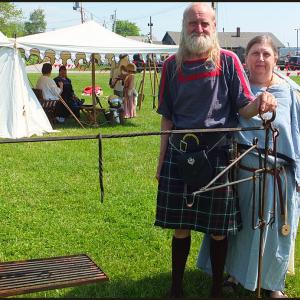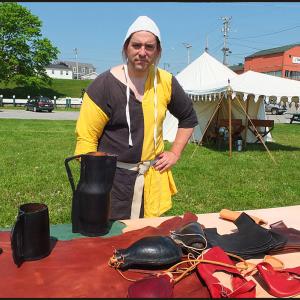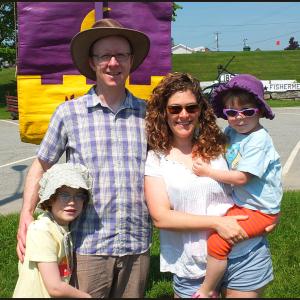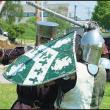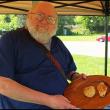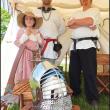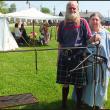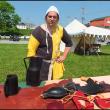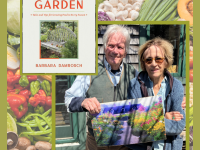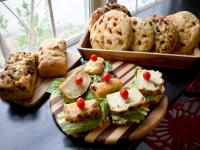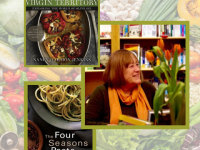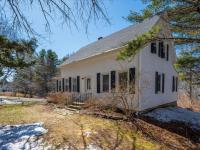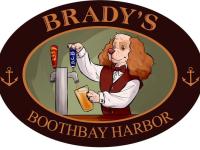In Rockland, a good day on the field of honor
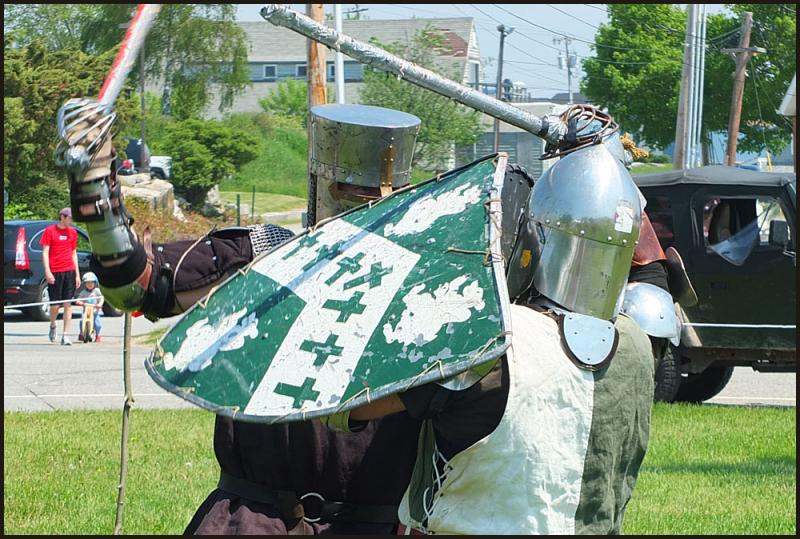 Nathaniel Lysander, of Waldoboro (dark knight,) and Cedric of Thanet, from China, demonstrate fighting techniques Saturday in Harbor Park. (Photos by Chris Wolf)
Nathaniel Lysander, of Waldoboro (dark knight,) and Cedric of Thanet, from China, demonstrate fighting techniques Saturday in Harbor Park. (Photos by Chris Wolf)
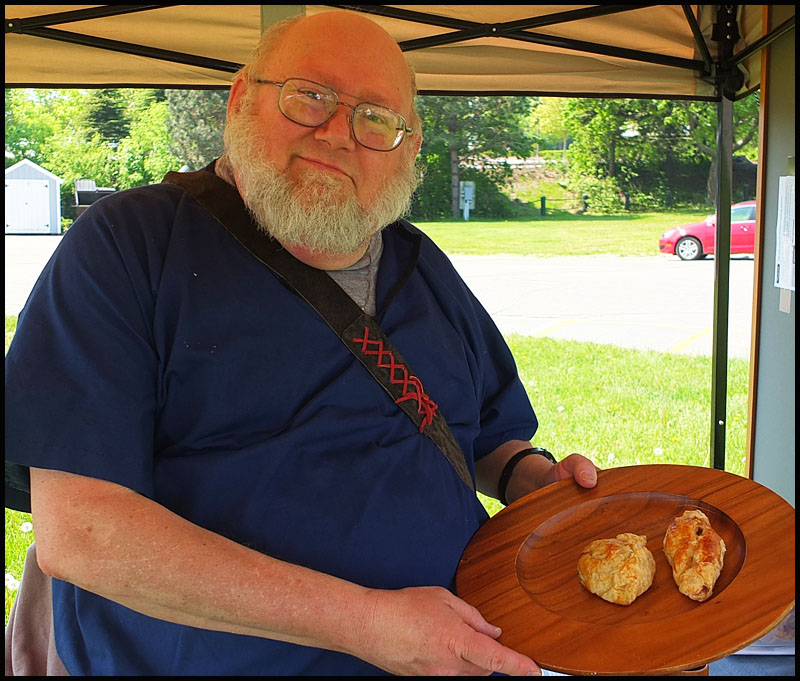 Foner Curtis with his Chicken Lombardi.
Foner Curtis with his Chicken Lombardi.
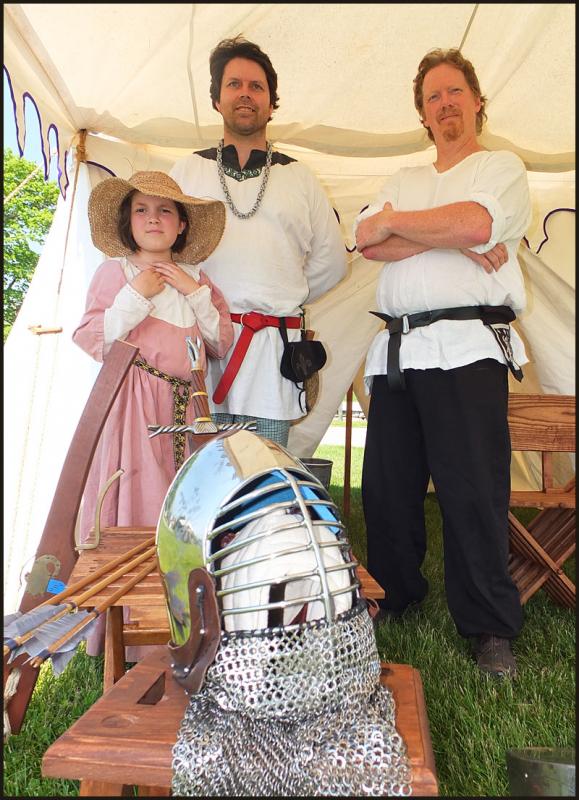 Thomas Winterwade and Josie Adams, of Appleton; and Nathaniel Lysander, of Waldoboro.
Thomas Winterwade and Josie Adams, of Appleton; and Nathaniel Lysander, of Waldoboro.
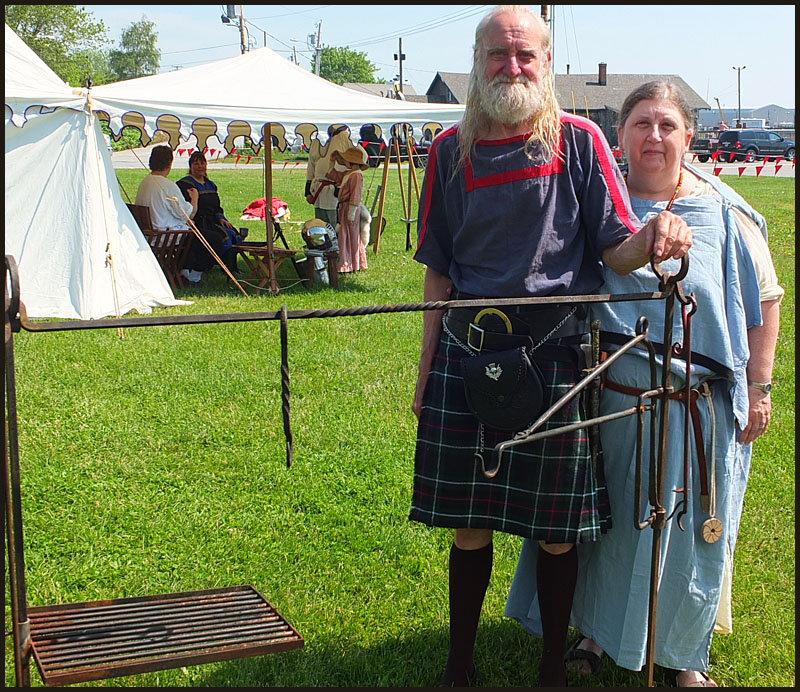 John Vaster and Sally Oliver, of Summerville
John Vaster and Sally Oliver, of Summerville
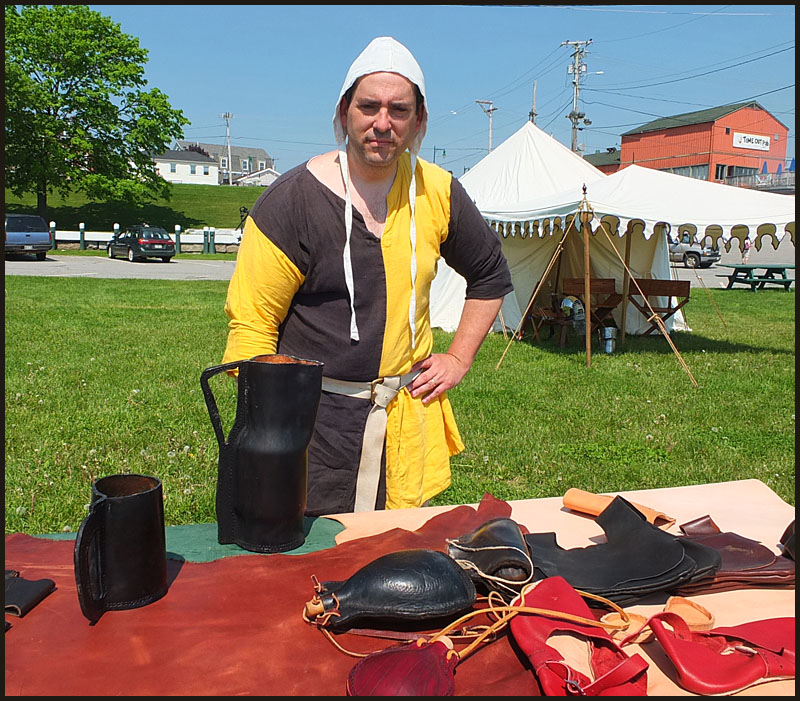 Cedric of Thanet with his leathercraft.
Cedric of Thanet with his leathercraft.
 The Buywater family, of Belfast, left to right: Willa 8, Rob, Arielle and Jem 4 came down to see the fair and demonstrations
The Buywater family, of Belfast, left to right: Willa 8, Rob, Arielle and Jem 4 came down to see the fair and demonstrations
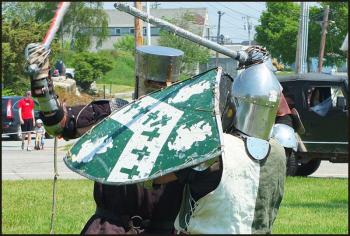 Nathaniel Lysander, of Waldoboro (dark knight,) and Cedric of Thanet, from China, demonstrate fighting techniques Saturday in Harbor Park. (Photos by Chris Wolf)
Nathaniel Lysander, of Waldoboro (dark knight,) and Cedric of Thanet, from China, demonstrate fighting techniques Saturday in Harbor Park. (Photos by Chris Wolf)
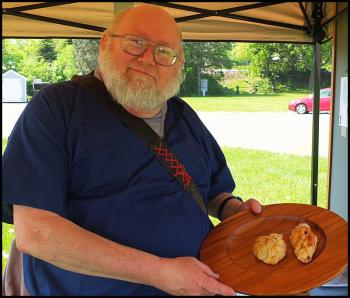 Foner Curtis with his Chicken Lombardi.
Foner Curtis with his Chicken Lombardi.
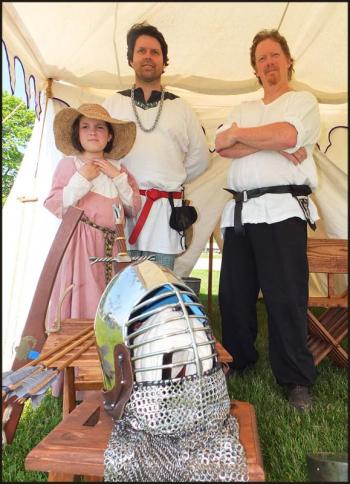 Thomas Winterwade and Josie Adams, of Appleton; and Nathaniel Lysander, of Waldoboro.
Thomas Winterwade and Josie Adams, of Appleton; and Nathaniel Lysander, of Waldoboro.
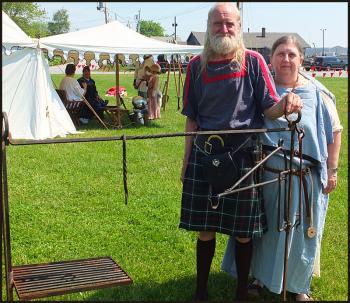 John Vaster and Sally Oliver, of Summerville
John Vaster and Sally Oliver, of Summerville
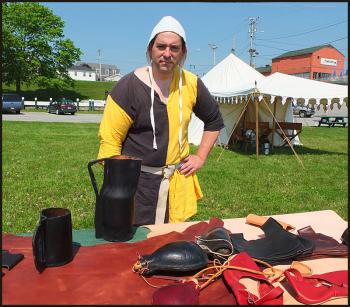 Cedric of Thanet with his leathercraft.
Cedric of Thanet with his leathercraft.
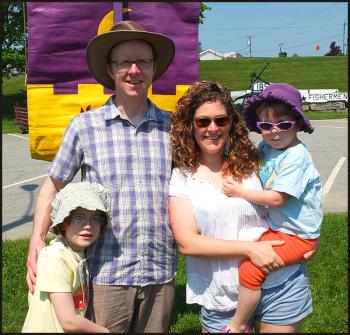 The Buywater family, of Belfast, left to right: Willa 8, Rob, Arielle and Jem 4 came down to see the fair and demonstrations
The Buywater family, of Belfast, left to right: Willa 8, Rob, Arielle and Jem 4 came down to see the fair and demonstrations
ROCKLAND — On Saturday, June 1, the Society for Creative Anachronism’s Shire of Hadchester held a Renaissance Festival in Harbor Park in Rockland. Lords and ladies, squires, surfs and vassals alike all bade thee welcome to view demonstrations of cooking, leather craft, sewing and swordsmanship in a day-long celebration of work, play and socializing.
If you live in Appleton, Camden, Damariscotta, Islesboro, Jefferson, Monhegan, North Haven, Rockport, Rockland, Thomaston, Vinalhaven, Warrenor Washington, you live in the Shire of Hadchester. Not to worry, if you live in Southern Maine, you live in the Province of Malagentia. In Central (which includes Belfast), Down East, or the Western Mountains of Maine, you live in Barony of Endewearde. In Northern and North Eastern Maine you live in the Shire of Smithwick.
It’s all part of The Society for Creative Anachronism, an international organization dedicated to researching and recreating the arts and skills of pre 17th-Century England. Foner Curtis, of Rockland, is the Chatelain, or contact person for the group. In the society, he is known as Foner of Maplecroft. He also disseminates information.
“Today we’ll see combat demonstrations, examples of ironwork and his wife is skilled in all types of sewing for the period and also period cooking, which I also do,” said Curtis. “And we have a gentleman who is making leather bottles and pitchers.”
Sally Oliver, of Summerville, sews and cooks. In the picture she is demonstrating “lucet cording,” which women would use to lace their gowns and along the edges for decoration. Her husband, John Vaster, does iron work. He makes cooking utensils and hooks for hanging pots over an open fire. The pieces are typical of what someone from the period would use to prepare a meal.
Helmets, swords, arrows and crossbow are all true to the period of from the 1100s to 1400 and the 1500s. The tent was an example of a canvas pavilion form the 1200s. Very comfortable and affords a lot more room than modern tents. It is also lightweight and is easy to move, as explained by Thomas Winterwade, of Appleton.
Cedric of Thanet is from China ,Maine, and has been doing this as a hobby for 30 years. He explained the process for making a leather pitcher.
“A couple of days, but that’s not continuous work,” he said. “Two hours if you put your mind to it. It’s all leather, but it’s lined with brewer’s pitch, which is a derivative of pine pitch and then the outside leather is covered in beeswax.”
Chicken Lombardi is a typical dish of the period and I got to sample some. Foner Curtis cooked it up and it was just one dish that the participants would be served for lunch, that also included pork pie, vegetables, fruits, loaves of bread with a cheeses spread and hard-boiled eggs.
“Yes, hard-boiled eggs were a very big part of the diet,” said Curtis. “They liked to put hard-boiled eggs in a lot of dishes. The Chicken Lombardi is pared down a little bit. In the time, they would wrap whole chickens or game hens in pastry and cook them. I took boneless chicken thighs and they get marinated overnight in berjueus, which is unripe grape juice; it’s acidic and is bottled. You add cardamon, mace, ginger and cinnamon. In the morning, you wrap each chicken piece with a piece of prosciutto ham (during Medieval times it could also be boar’s ham) and then wrap in puff pastry. It’s baked for 45 minutes at 350 degrees and you have a lovely dish that’s a little tart and tastes very good. All the food today was made from scratch and is typical of the period.”
To learn more about the Shire of Hadchester go to http://www.sca.org/
Event Date
Address
United States

